 Image 1 of 17
Image 1 of 17

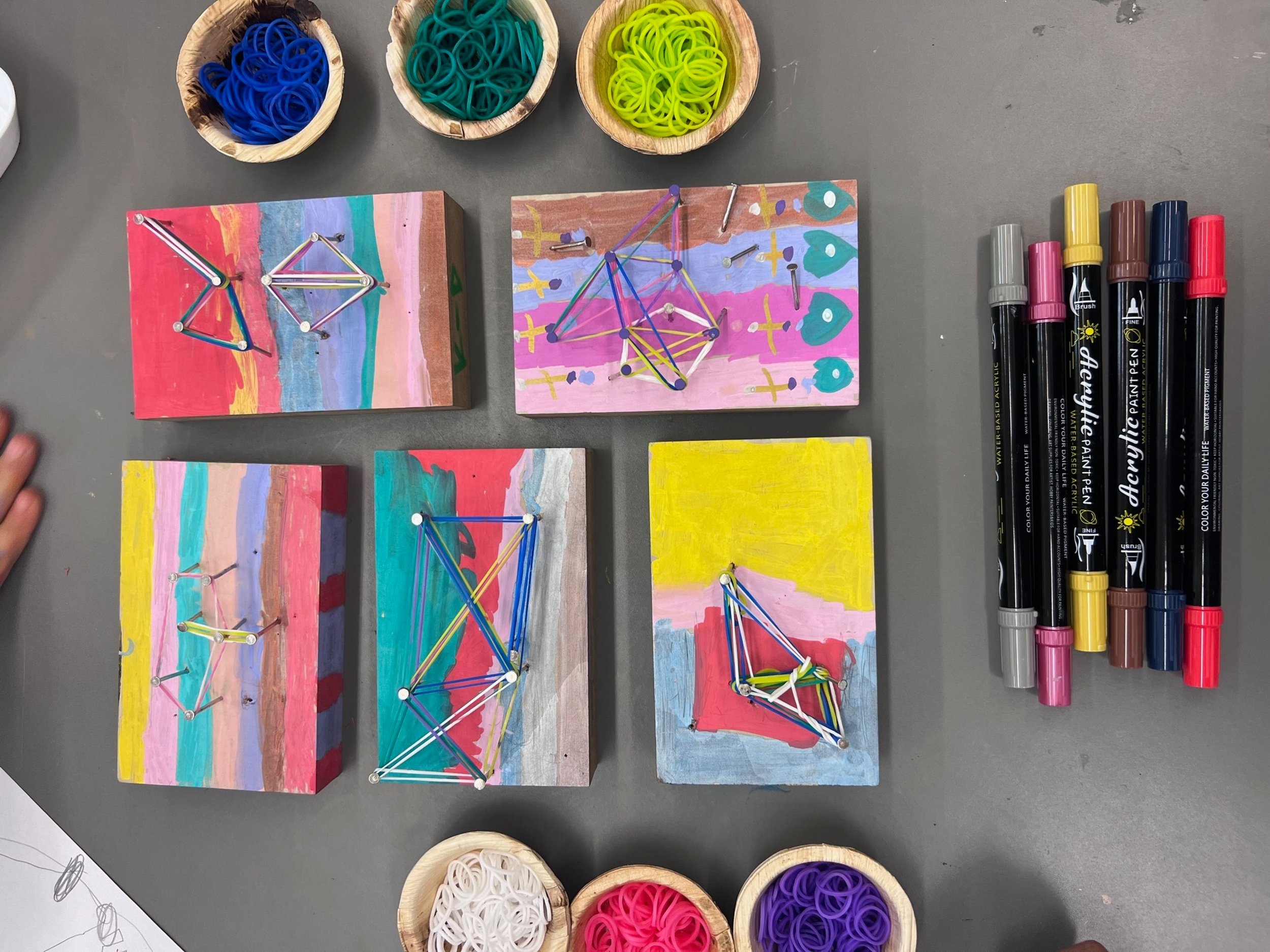 Image 2 of 17
Image 2 of 17

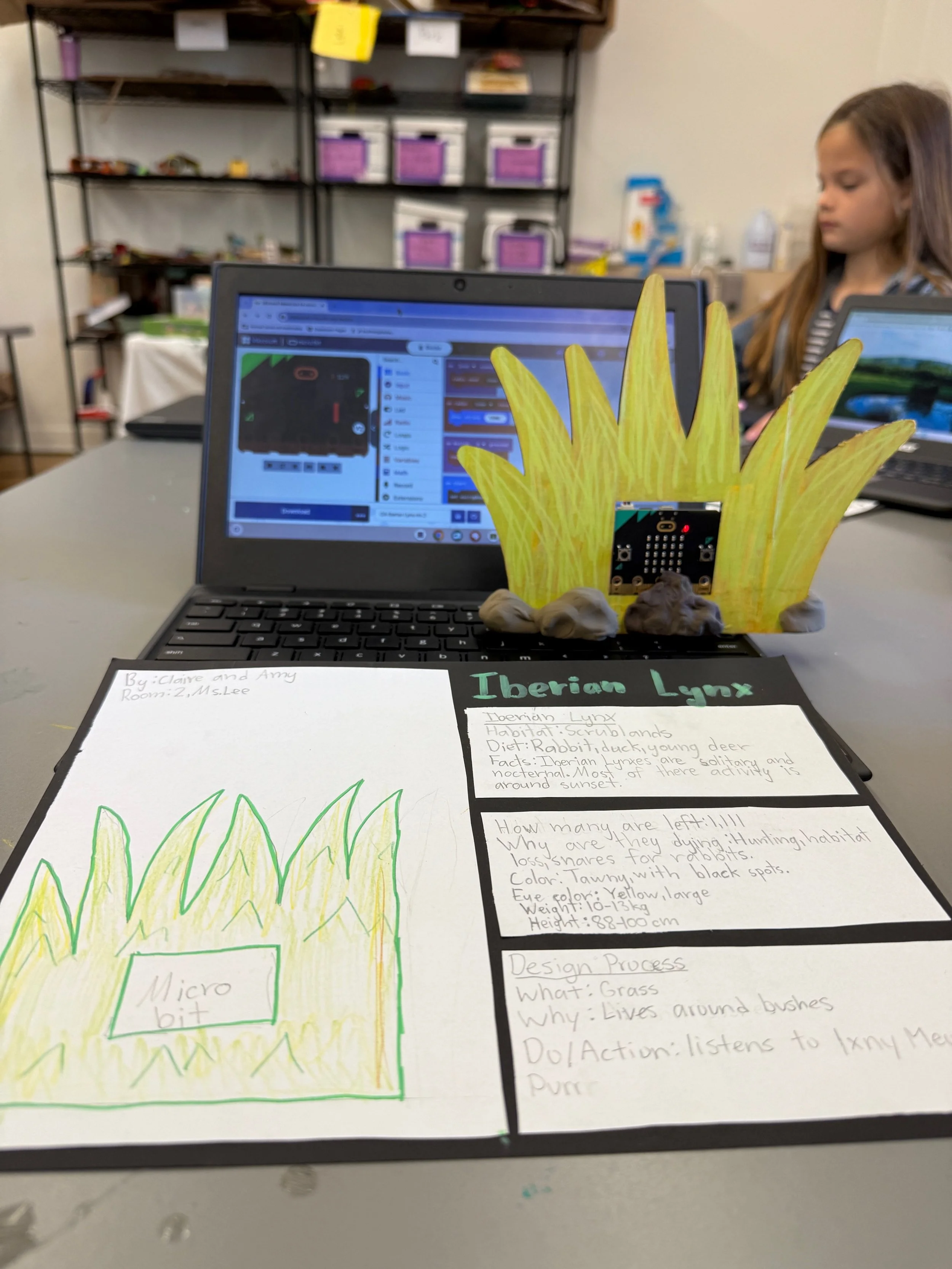 Image 3 of 17
Image 3 of 17

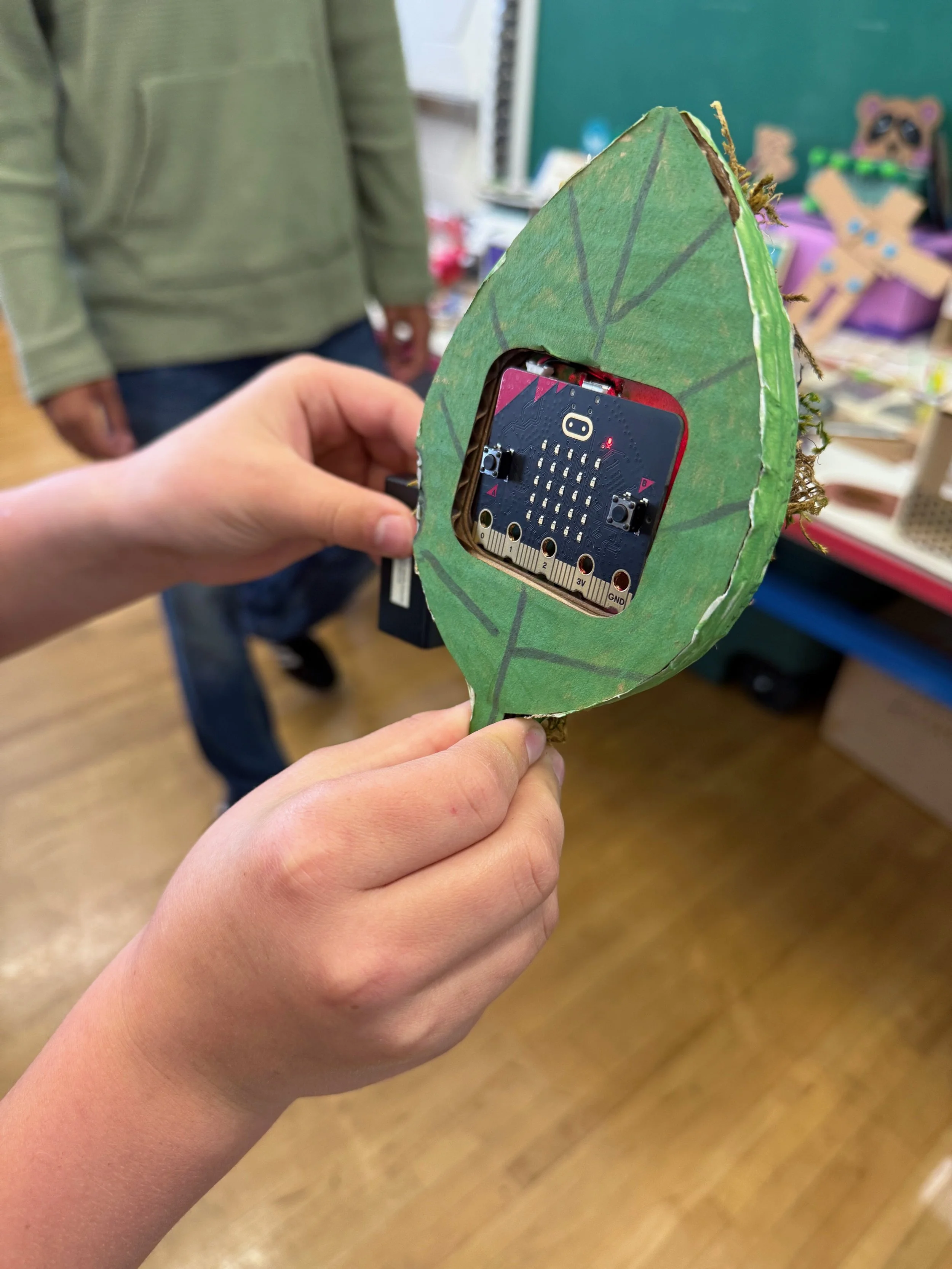 Image 4 of 17
Image 4 of 17

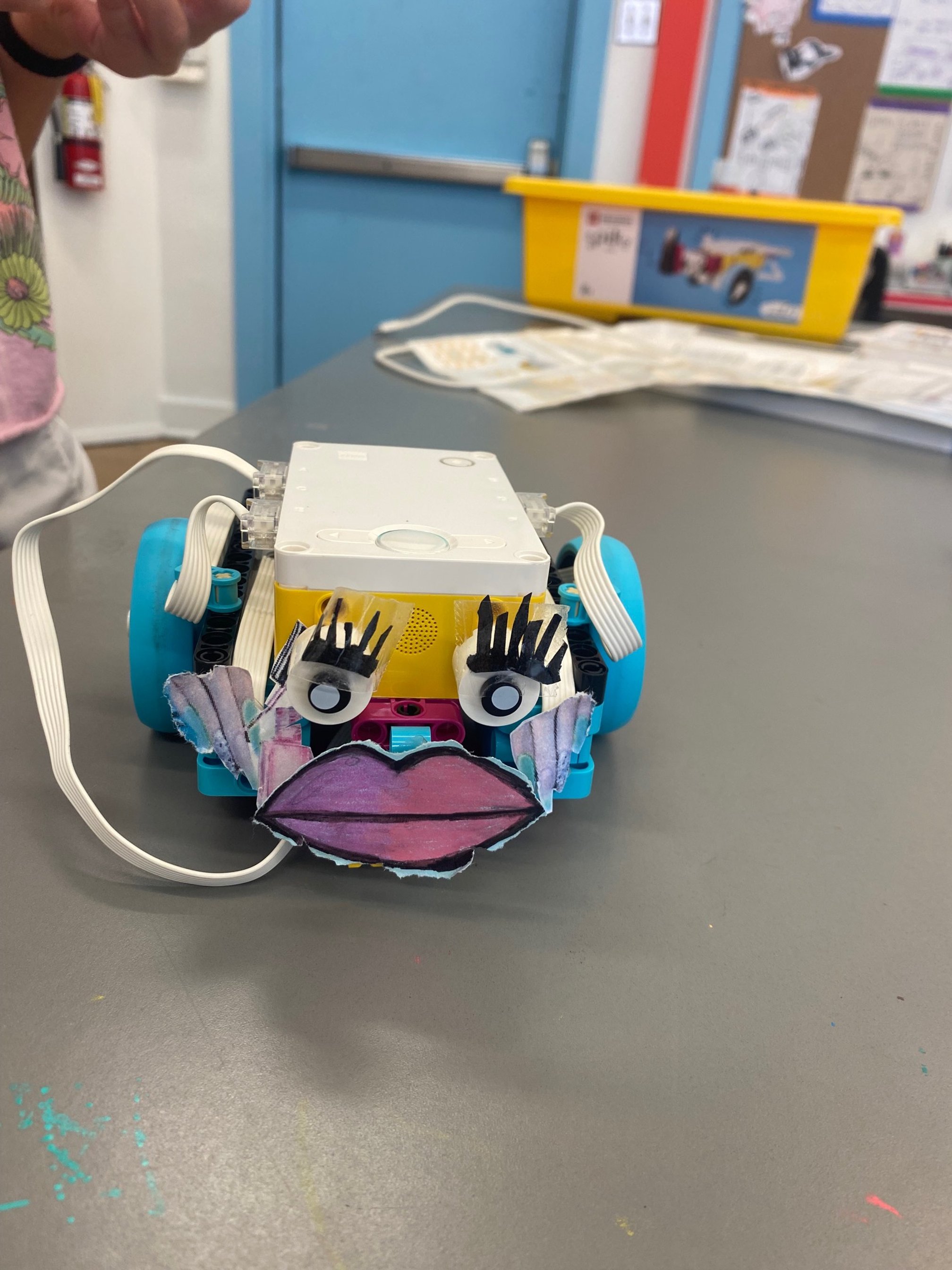 Image 5 of 17
Image 5 of 17

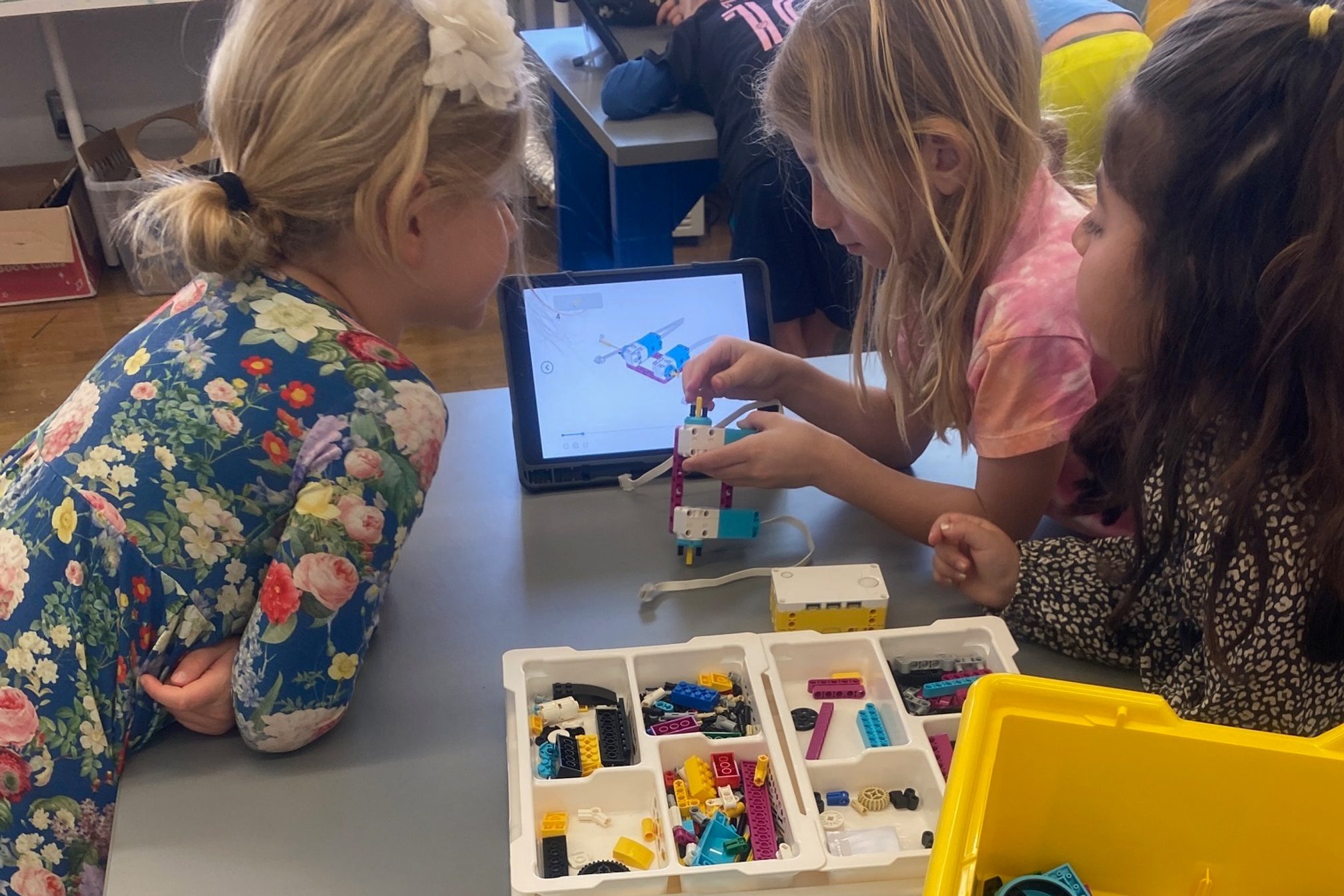 Image 6 of 17
Image 6 of 17

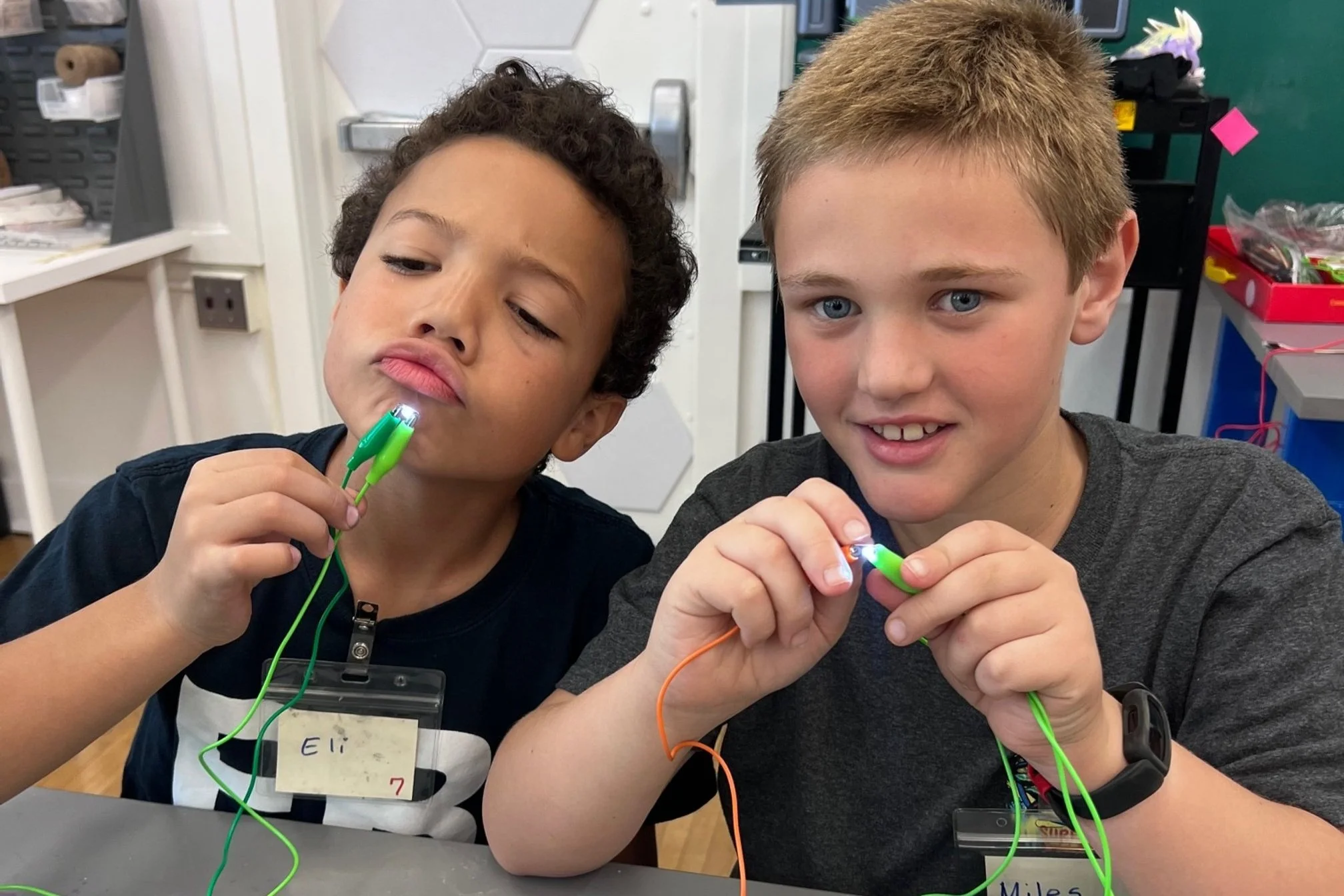 Image 7 of 17
Image 7 of 17

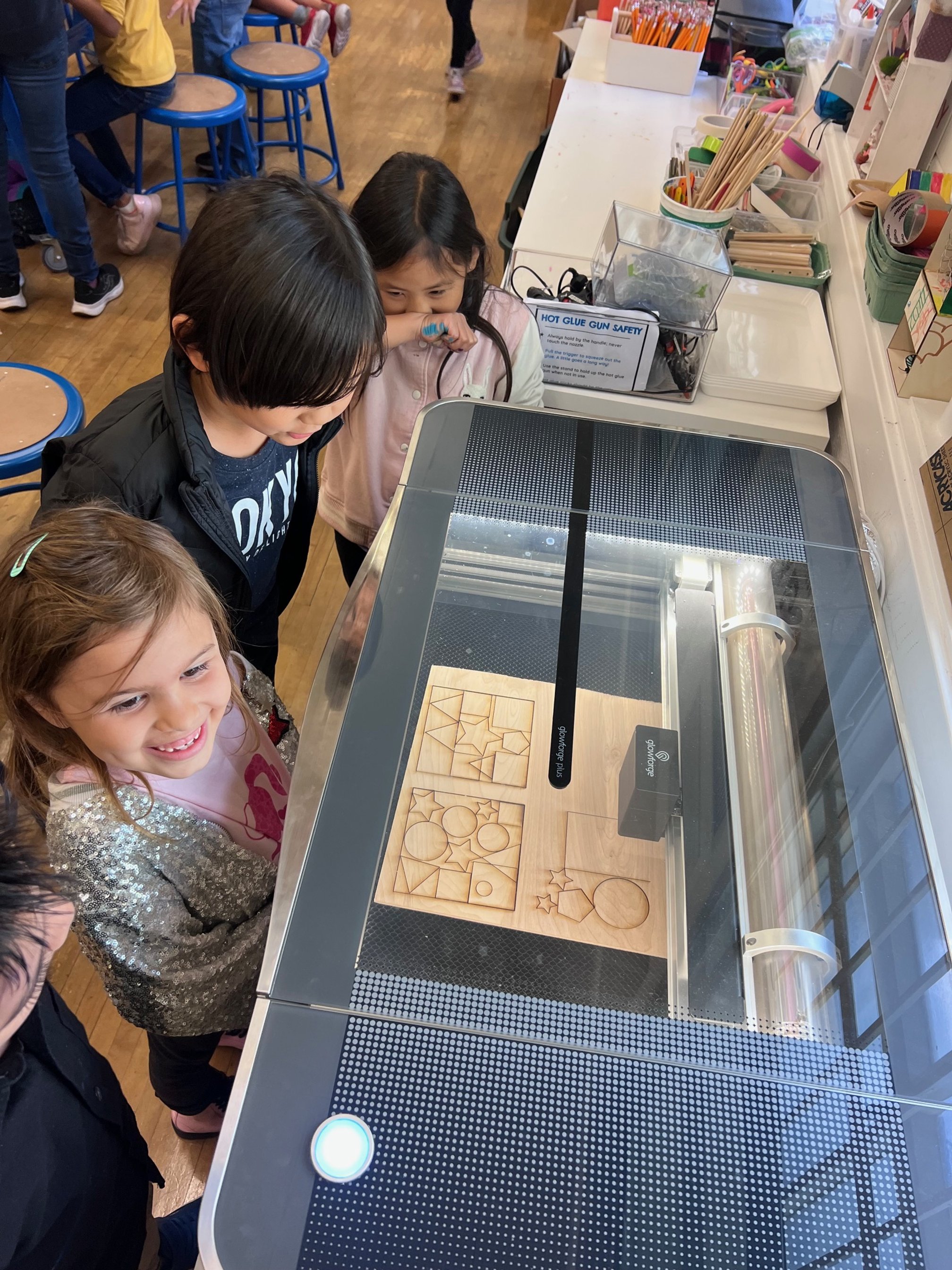 Image 8 of 17
Image 8 of 17

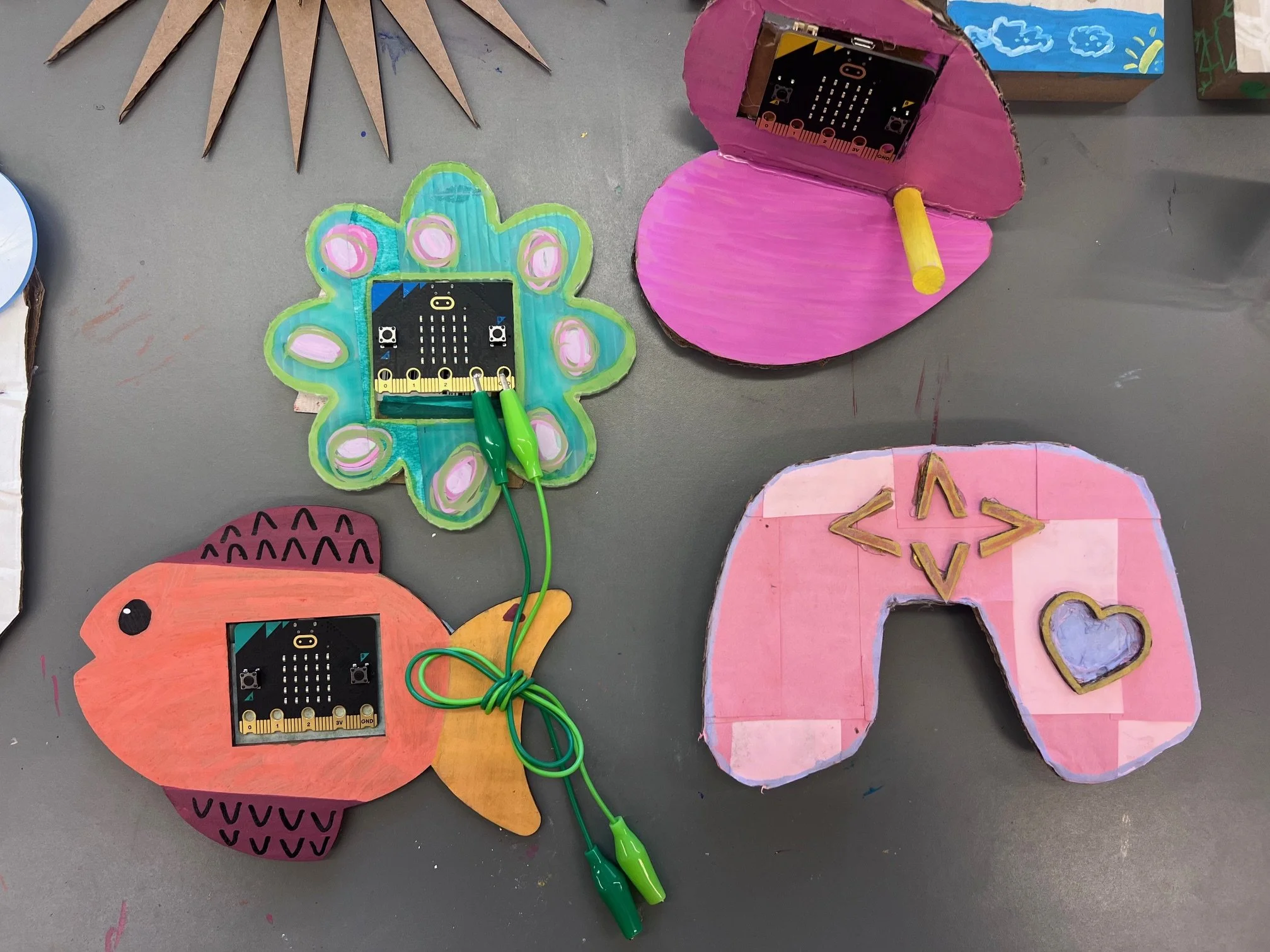 Image 9 of 17
Image 9 of 17

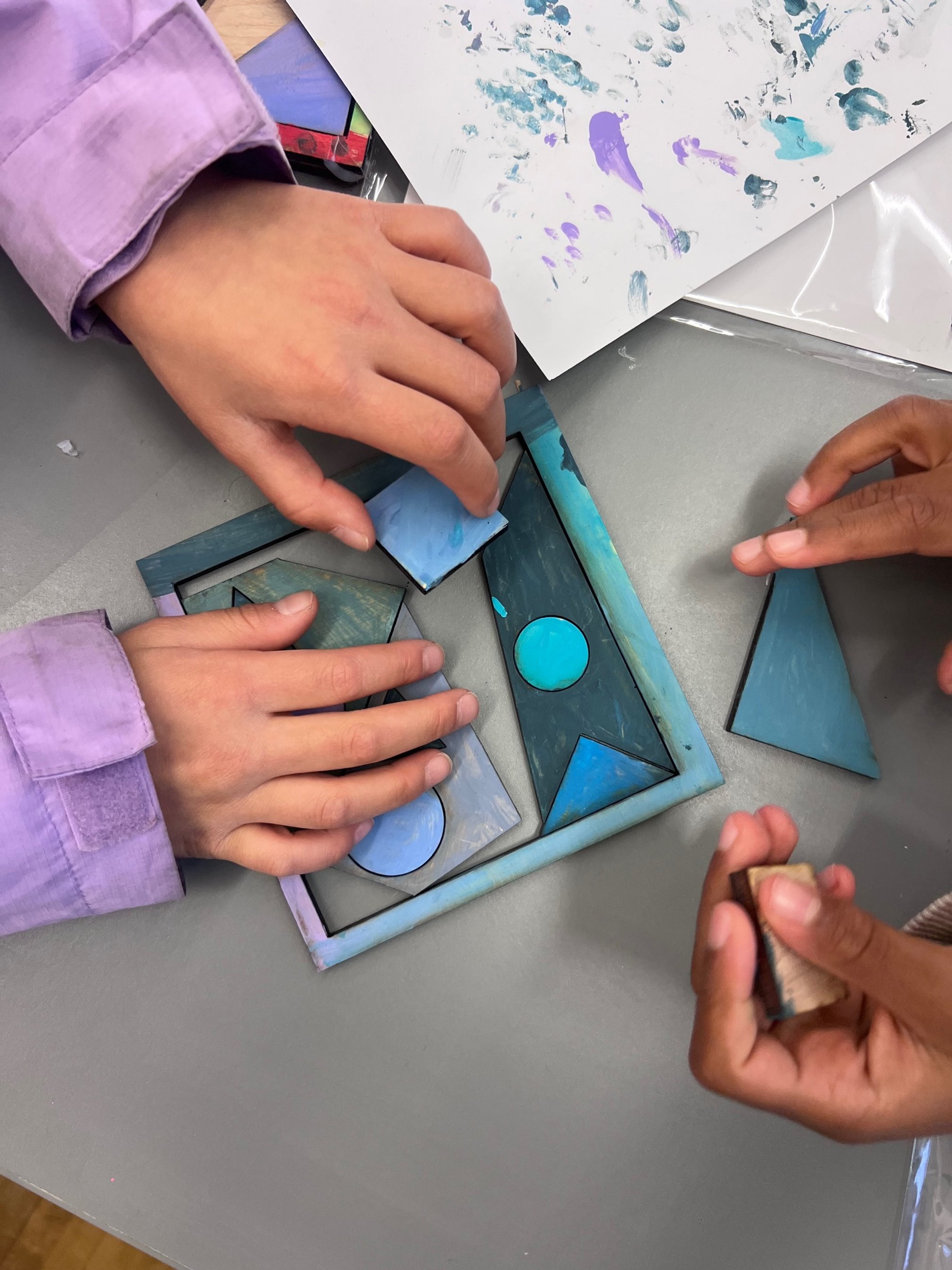 Image 10 of 17
Image 10 of 17

 Image 11 of 17
Image 11 of 17

 Image 12 of 17
Image 12 of 17

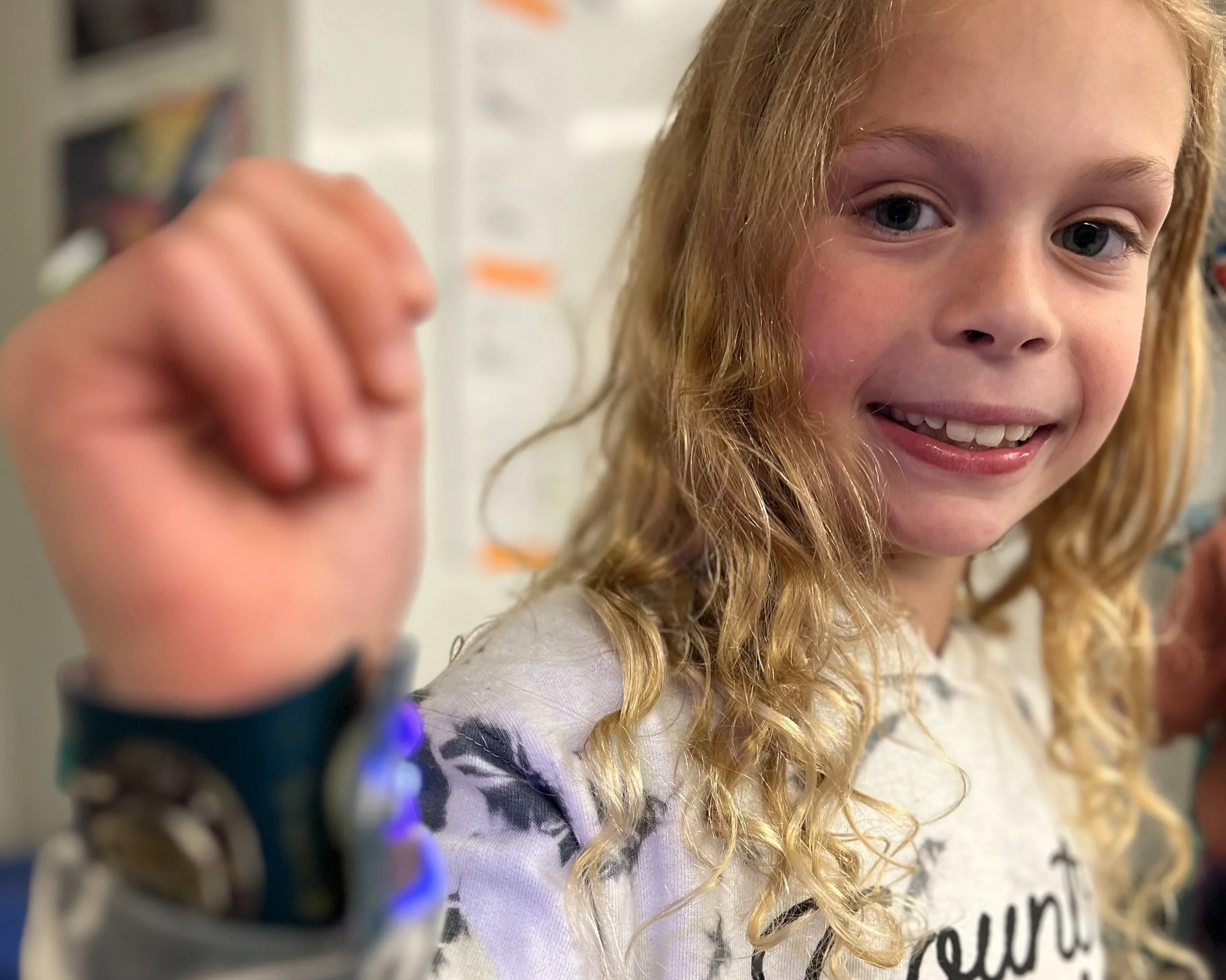 Image 13 of 17
Image 13 of 17

 Image 14 of 17
Image 14 of 17

 Image 15 of 17
Image 15 of 17

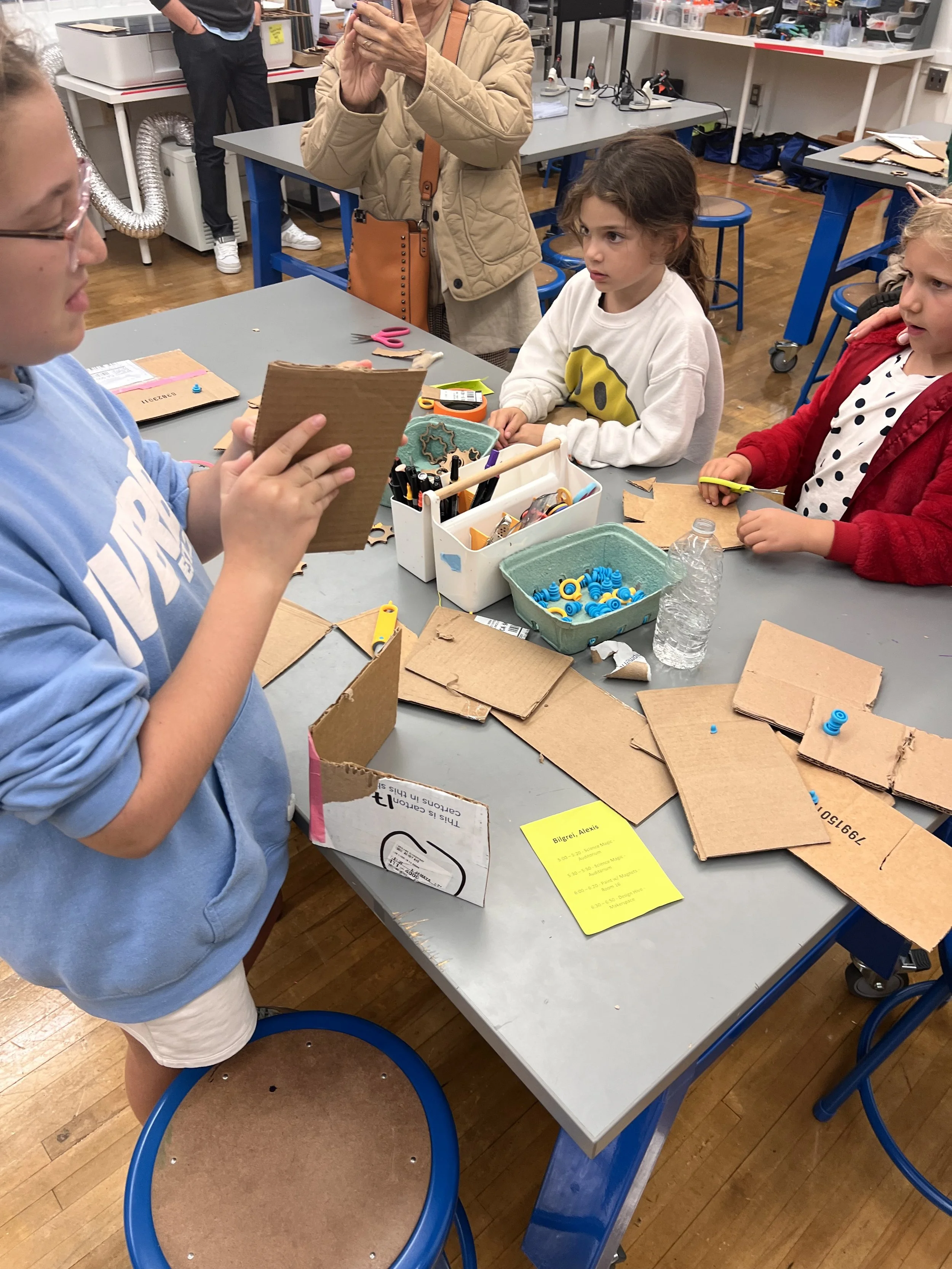 Image 16 of 17
Image 16 of 17

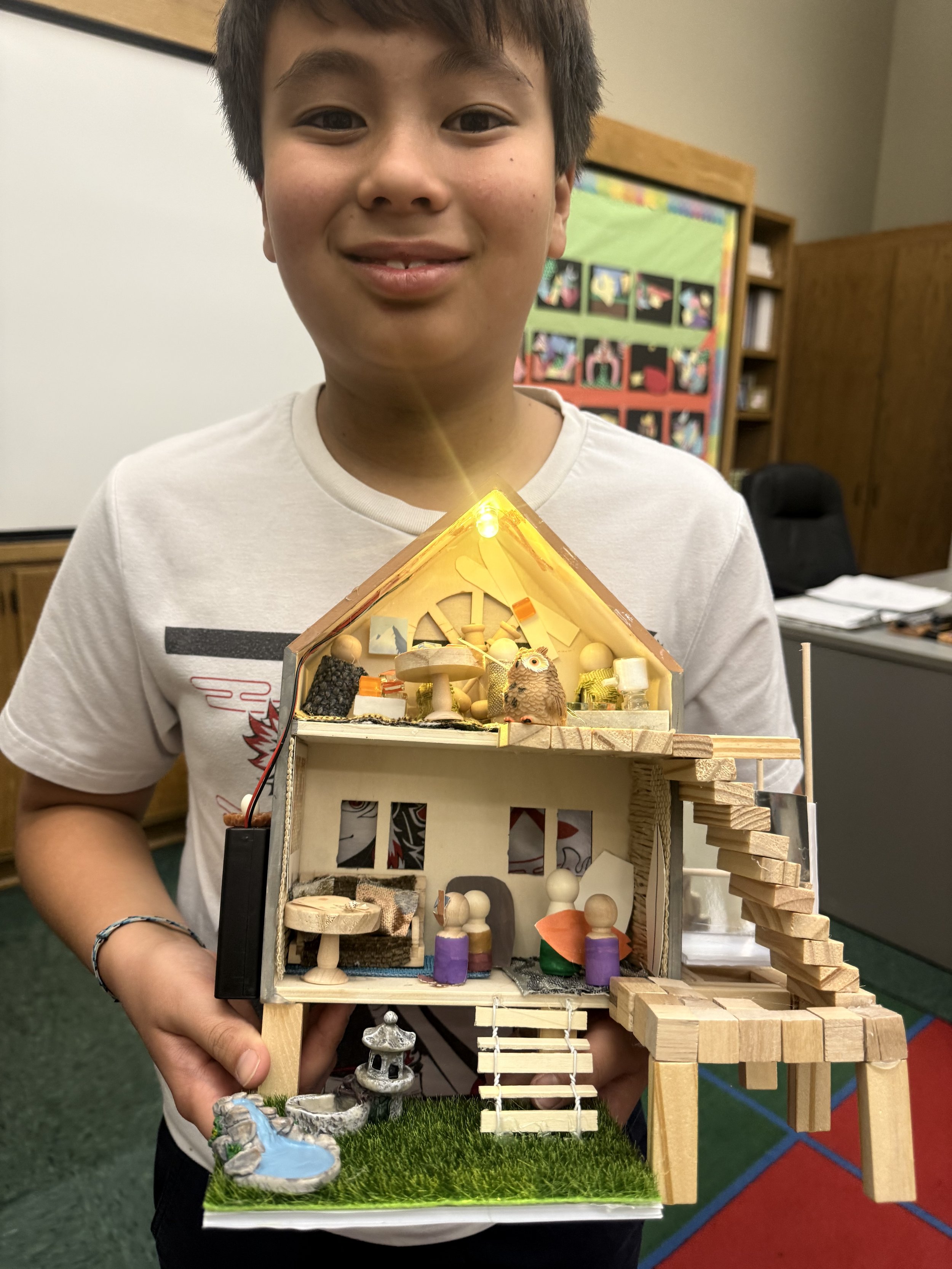 Image 17 of 17
Image 17 of 17


















The Ultimate Makerspace
Our complete year-long curriculum combines hands-on projects, social-emotional learning, and real-world connections to create the ultimate Makerspace experience. With 14 comprehensive units, each with 9 lessons, students progressively develop technical skills like woodworking, coding, robotics, and 3D printing, alongside higher-order skills like teamwork, critical thinking, and public speaking. Includes one-time on boarding and training.
Includes:
Primary Grades (TK–2)
Intro to Makerspace – Students explore tools, materials, and safety while discovering what it means to be a maker.
Makers in the Making – Young makers learn to collaborate, create, and express ideas through open-ended building challenges.
Upcycled Toy Invention – Students design and build imaginative toys using recycled and repurposed materials.
Pollinator Palace – Kids learn about pollinators and construct bug-friendly habitats to support local ecosystems.
Cardboard Automata – Students engineer moving sculptures with cams and cranks using simple materials.
Robot Helpers – Children explore early robotics concepts by designing robot prototypes to solve real-world problems.
Build a Better Trash Can – Students tackle environmental issues by inventing improved waste systems or smart trash cans.
Sewable Circuits – Young makers stitch basic circuits with conductive thread to create glowing, wearable art.
Upper Grades (3–5)
Mixed Reality Alebrijes – Students blend sculpture and augmented reality to bring cultural creatures to life.
3D Printed Skate Park – Kids learn 3D design and printing while engineering tiny skateparks for fingerboards.
Smart House – Students build model homes with working circuits and early automation using craft and tech.
Makey Makey Arcade – Kids turn everyday objects into game controllers while learning about conductivity and coding.
LEGO Rovers – Students design and program robotic rovers to explore environments and solve STEM challenges.
Micro:bit Wildlife Watch – Young engineers code digital tools to track and protect wildlife in real-world habitats.
Our complete year-long curriculum combines hands-on projects, social-emotional learning, and real-world connections to create the ultimate Makerspace experience. With 14 comprehensive units, each with 9 lessons, students progressively develop technical skills like woodworking, coding, robotics, and 3D printing, alongside higher-order skills like teamwork, critical thinking, and public speaking. Includes one-time on boarding and training.
Includes:
Primary Grades (TK–2)
Intro to Makerspace – Students explore tools, materials, and safety while discovering what it means to be a maker.
Makers in the Making – Young makers learn to collaborate, create, and express ideas through open-ended building challenges.
Upcycled Toy Invention – Students design and build imaginative toys using recycled and repurposed materials.
Pollinator Palace – Kids learn about pollinators and construct bug-friendly habitats to support local ecosystems.
Cardboard Automata – Students engineer moving sculptures with cams and cranks using simple materials.
Robot Helpers – Children explore early robotics concepts by designing robot prototypes to solve real-world problems.
Build a Better Trash Can – Students tackle environmental issues by inventing improved waste systems or smart trash cans.
Sewable Circuits – Young makers stitch basic circuits with conductive thread to create glowing, wearable art.
Upper Grades (3–5)
Mixed Reality Alebrijes – Students blend sculpture and augmented reality to bring cultural creatures to life.
3D Printed Skate Park – Kids learn 3D design and printing while engineering tiny skateparks for fingerboards.
Smart House – Students build model homes with working circuits and early automation using craft and tech.
Makey Makey Arcade – Kids turn everyday objects into game controllers while learning about conductivity and coding.
LEGO Rovers – Students design and program robotic rovers to explore environments and solve STEM challenges.
Micro:bit Wildlife Watch – Young engineers code digital tools to track and protect wildlife in real-world habitats.
